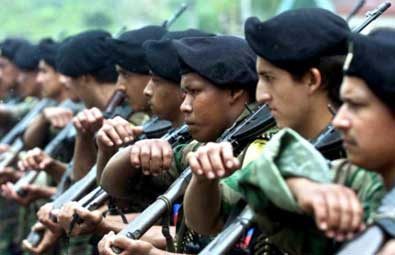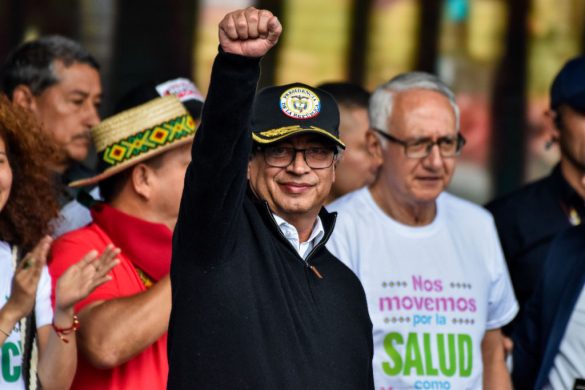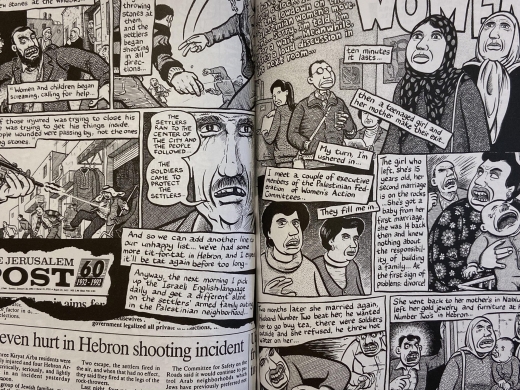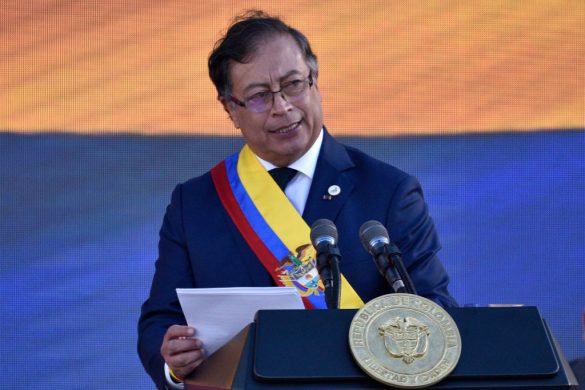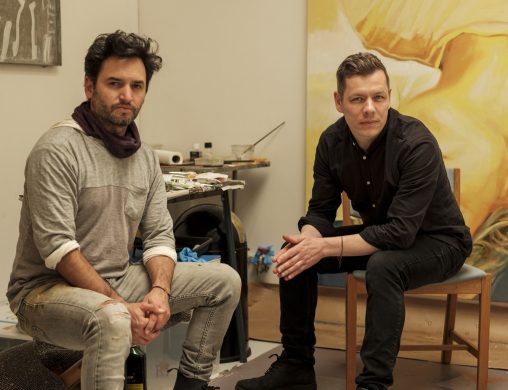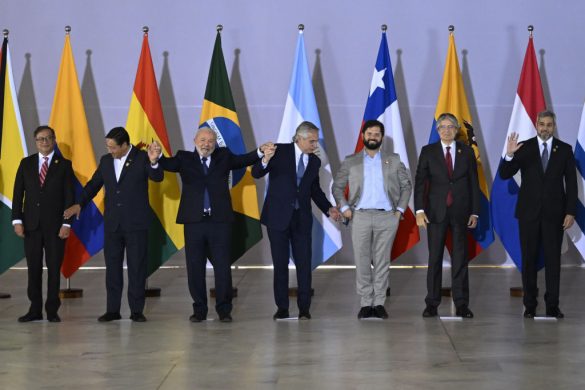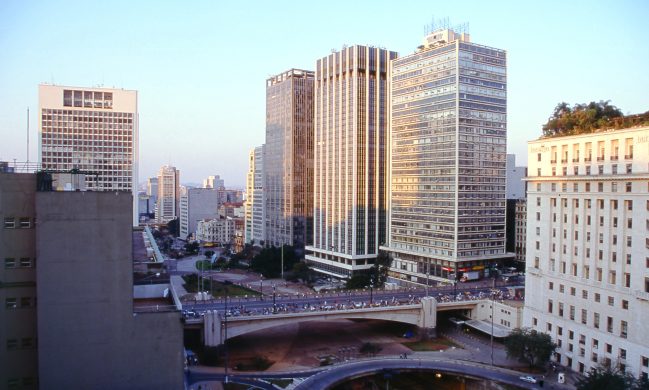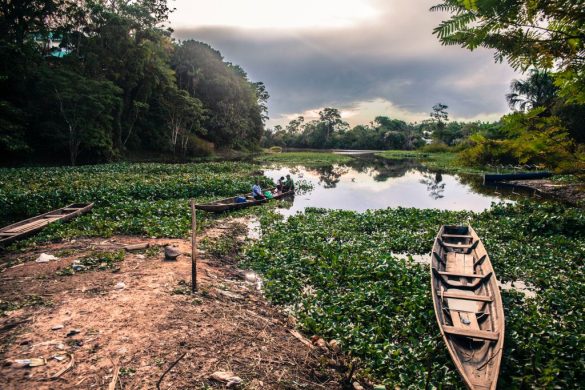23 June: The signing in Havana today of agreements on the “end of the conflict” and the referendum mechanism for the Colombian population to approve the final peace deal provides the strongest assurance yet that the 52-year armed conflict between the government and the country’s largest guerrilla group, the Revolutionary Armed Forces of Colombia (FARC), is finally coming to an end.
President Juan Manuel Santos and rebel leader Rodrigo Londoño (Timochenko) signed the detailed document with UN Secretary-General Ban Ki-moon, the presidents of Chile, Cuba and Venezuela and the foreign minister of Norway as witnesses, among other high-profile figures.
The agreements spell out the functioning of the ceasefire and cessation of hostilities; the arms abandonment process for the FARC; the security guarantees for FARC guerrillas who transition to civilian life; the preparation of the “reincorporation” process for FARC guerrilla members; the 23 cantonment sites and eight smaller camps where the FARC will assemble its forces and how they will function; and the mechanism for a referendum on the final peace agreement.
Voting about final peace deal
The bilateral ceasefire and cessation of hostilities will begin immediately after the signing of a final agreement. Five days later, the FARC will begin moving its fighters, still armed, to the cantonments and camps.
In the first month, other types of weapons that FARC fighters may not carry individually will be transported to the camps. During the first two months after the final agreement is signed, “unstable” weapons will be destroyed. Six months after having signed the final agreement, the FARC will have abandoned all its weapons.
The parties also agreed to enable the Colombian people to vote in a referendum on the final peace deal in accordance with the requirements laid down by the Constitutional Court. The Court is currently debating the constitutionality of a possible plebiscite proposed by the government.
FARC expected to become political party
In addition, the parties announced a series of security guarantees covering the dismantling of “paramilitary successor organisations” and protection of the political movement the FARC is expected to create in the aftermath of the peace agreement.
These measures include the creation of a National Commission on Security Guarantees; a Special Investigative Unit within the Attorney General’s Office; a Comprehensive Security System for Political Action; a Strategic Security and Protection Plan for the new FARC political movement; and a Comprehensive Security and Protection Program for Local and Regional Communities and Organisations, among other measures.
Crisis Group commends both delegations for overcoming the enormous challenges of negotiating peace over the course of close to four years, as well as the technical subcommittee involving members of the Colombian armed forces and the FARC, and the witness and guarantor nations of Cuba and Norway, and Venezuela and Chile respectively. We also applaud the inclusion of victims in the talks at various critical moments.
Now we all await agreements on the final issues: FARC “reincorporation” to civilian life; its transformation into a political movement; and the monitoring and implementation mechanisms for all commitments.
The composition and workings of the Special Tribunal for Peace, which will handle transitional justice for those accused of human rights violations during the conflict, also remain to be resolved.
Crisis Group will continue to report on potential obstacles in implementation and options for overcoming them in order to help Colombians consolidate and sustain the peace that the country, its neighbours and the world community await.

